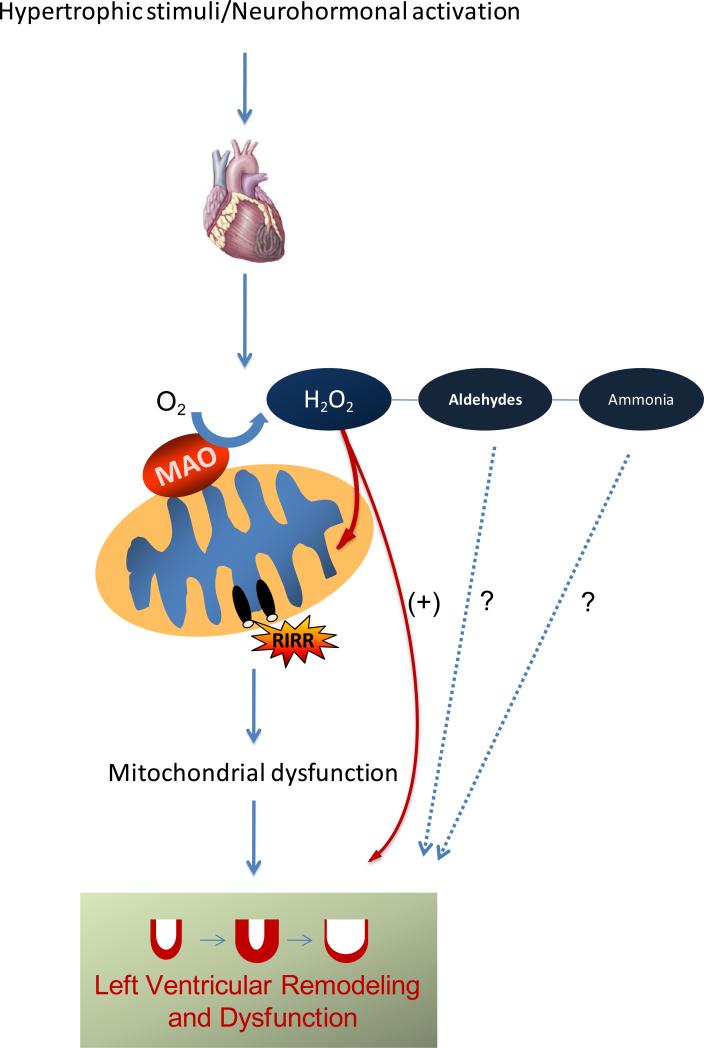Figure 2. Mechanism for MAO activation and consequent mitochondrial dysfunction in heart failure.
Hyperadrenergic activation following a hypertrophic stimulus (such as pressure overload) results in increased availability of catecholamines for MAO-mediated degradation. This in turn leads to elevated H2O2 formation that can directly influence ventricular remodeling and myocardial function, but it may also target mitochondria resulting in permeability transition pore opening and ROS induced ROS release (RIRR), further amplifying the damage in the heart. It should not be excluded that other products of MAO activity, such as aldehydes and ammonia, may also participate to these processes.

